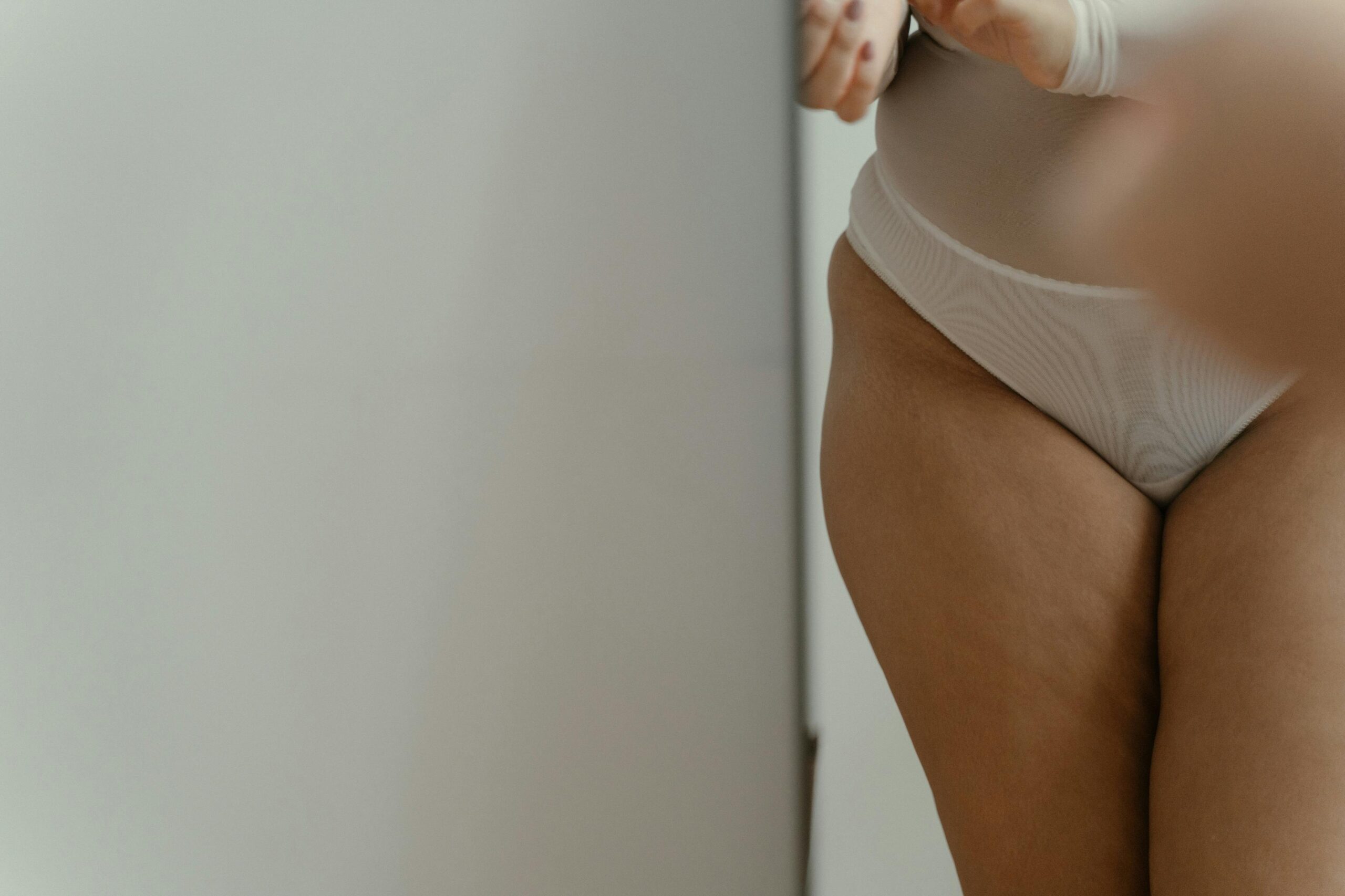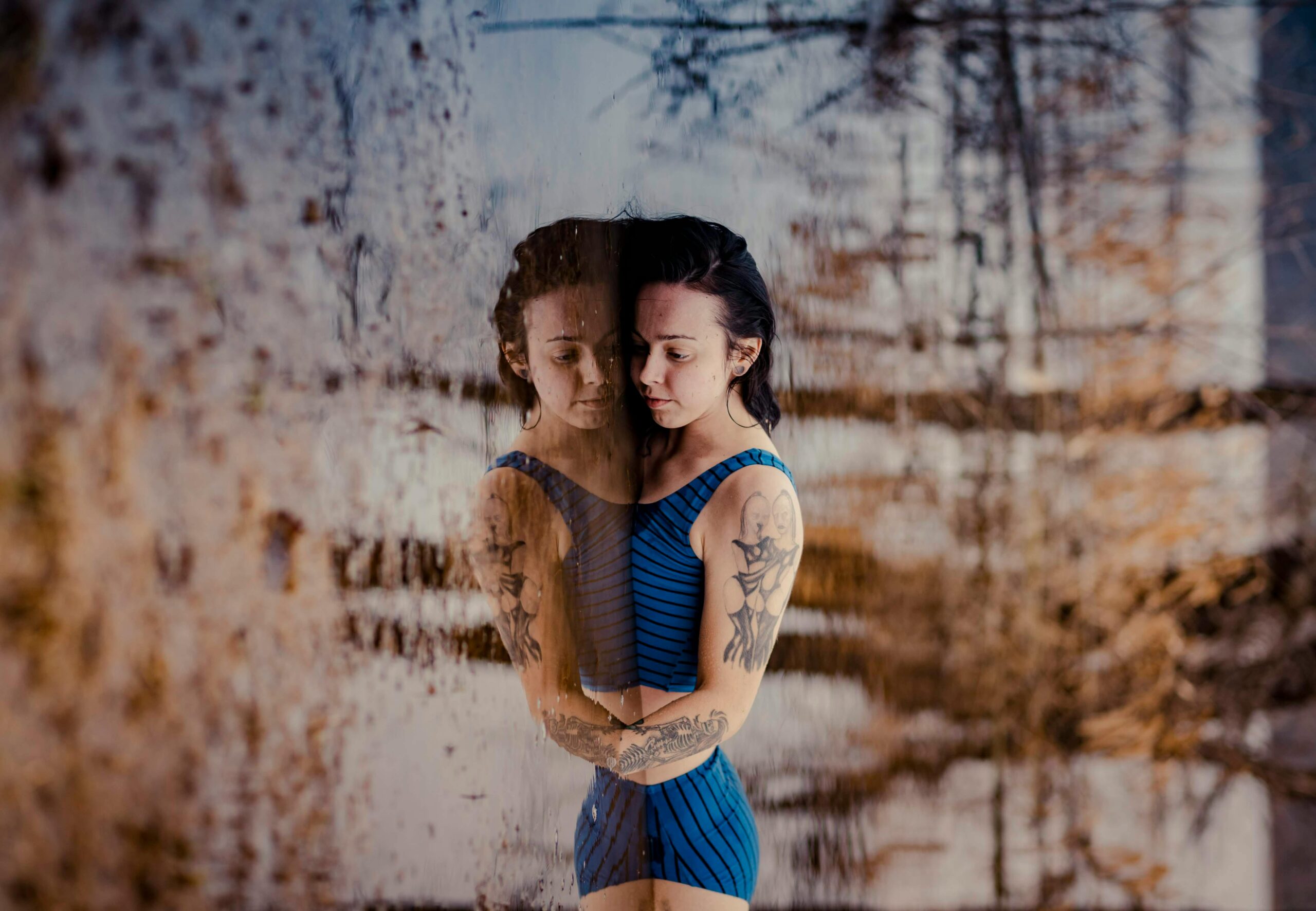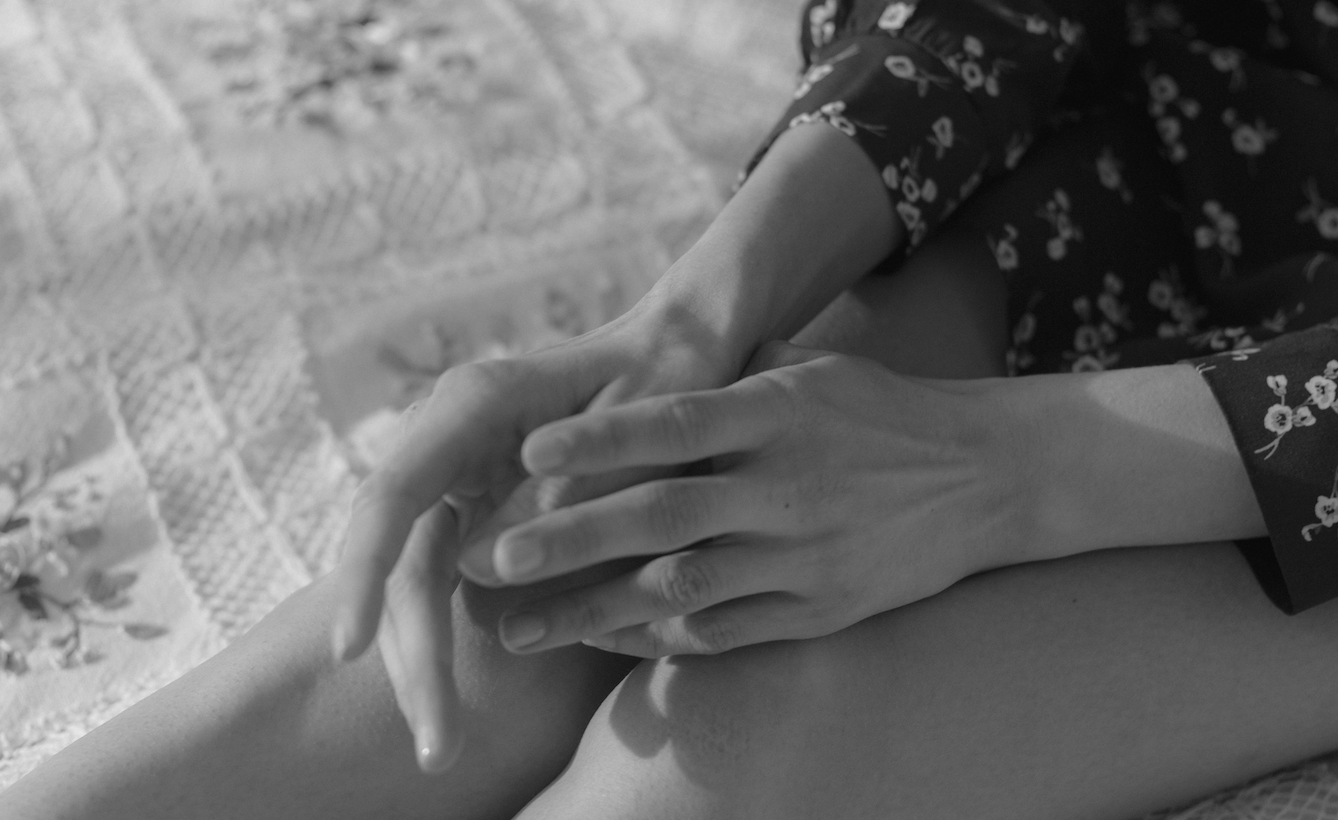
By Kaytie Coughlin
Thick. Thic! Thicc.
Sounds like the Tik Tok compilation?
A big butt and even bigger thighs seems to be all the rage in body modification these days. It’s perhaps even more popular than facial tattoos on this new generation of emo boys. Modern English and modern media calls us to use the word Thick and beef up with allegedly butt-fattening-only foods. (See also slim-thicc Instagram and Youtube dieters.) But under what circumstances should we add this word to our vernacular? And, should we use it at all given what weight (no pun intended) the word sometimes carries as far as ownership of the female body?
Growing up in the late 90s and early 00s I always understood the word thick to mean stupid as in thick in the head. The second definition, though less frequented for my age group back then, was Phat: Pretty, Hott, (or Pretty hot) and Tempting. And thicc means fat or Phat in all the right places.
Thicc has been used in certain circles for a while although only recently assimilated by mainstream culture. According to various websites such as knowyourmeme.com and dailydot.com the term was first used in the early 2000s on an Angelfire hosted website site by a hip hop host. From there the term gained popularity among the hip hop community. The more hip hop became a part of pop music and pop culture the more thicc caught on to everyday use. And of course now thicc is the focus of numerous memes and other social media posts. By 2010 the term was so well known that even Jonathan Franzen used it in his book Freedom (2011). Thicc continued to increase in popularity in the twenty-teen years, although not due to Franzen.
Colloquial internet speech aside, there have always been societal trends for body types. When Twiggy first arrived in the fashion industry in the 1960s she flourished as the icon that would set anorexia into the future leaving Barbie as her predecessor. For decades the overly thin look continued to dominate mainstream media becoming the ideal female body type. The thin body type varied throughout decades leaving us with the infamous and tasteless 2013 thigh gap trend started by Thinspiration and other Pro-Ana blogs all over the internet.
Many believe that thicc was in fact a response to the thigh gap and Thinspiration. Some say that it was Kim and her sisters that started the thicc trend with their pear shapes and exaggerated hourglass figures. Ironically enough these women have been accused of appropriating hip hop culture which may be exactly the case here if the Angelfire site really did come up with the term first. Even so, the Kardashians clearly helped continue this style as they are the new, and however unwittingly, the anti-Twiggy.
Regardless of how the trend took off the word thicc seems to be empowering for some women and a put down for others. In either case using thicc to define someone else’s body is a form of ownership and control. Voluptuous or curvy differs in sentiment. Thicc refers to food items as well as bodies. It’s almost like saying, “Your body is here for my consumption.” The exaggerated hourglass now becomes exaggerated ownership in the male gaze.
During the course of my research on thiccness I came across a video clip from the show ‘The Real’. Though not an avid follower of the show, I have occasionally enjoyed watching. In this particular clip the hostesses decided, to my disappointment, to get a male perspective on the word thicc. Low and behold they brought out Ray J – singer and ex-boyfriend of Kim.
Ray J went on to explain that Thicc means healthy and beautiful. But is there only one standard for healthy and beautiful?
Another video I saw online is by someone called DJ Smallz Eyes. He interviewed several girls about being thicc instagram models. The opening question for many of them was “Are you the thickest on IG?” Automatically Eyez wanted these girls to compete with one another one over their bodies. At one point the question could have been, “Are you the skinniest girl on Myspace or Tumblr?” It makes no difference what the trend is, simply that we are forced to compete over what we look like. And men get to be the referees.
And why is it that if someone isn’t rail thin humanity feels a need to single them out? Maybe the term thicc should be redefined and renamed as normal if it’s truly meant to describe a healthy person.
Receiving comments such as “your thicc” alone does nothing but reassure the female that she is attractive and accepted in the male gaze. When using the word thicc we look to men for guidance that we are big or fat in a way that is acceptable to them.
In general it seems that men have the most say in who is considered thicc. Perhaps we should come up with our own word for what is acceptable and healthy in mainstream culture. And really, the Thicc compilation from Tik Tok is grammatically incorrect. It should be: “I don’t look thicc until I perform the turn around check.” Or, “I don’t look thicc until I comply with the turn to the turn around check.” Even phrased correctly it shows who we entertain for free with our bodies, curvaceous or not.
Simply put, I’m not sure thicc will help defile the patriarchy.


Kaytie Coughlin originally hails from New Jersey and currently lives in Austin, Texas. She has a Bachelor’s in English and Creative Writing from the University of North Carolina at Asheville. She has two beautiful rescue dogs, Elliott and Reba. In her free time she enjoys studying pop culture, liberal politics, and watching obscure and cult horror films. She mostly does her hair herself. Kaytie also has a collection of personal essays she hopes to publish one day.

















One thought on “The Pop Culture Gaze – When Viral Body Image Terms Work To Take Away Our Agency & Autonomy”
Comments are closed.